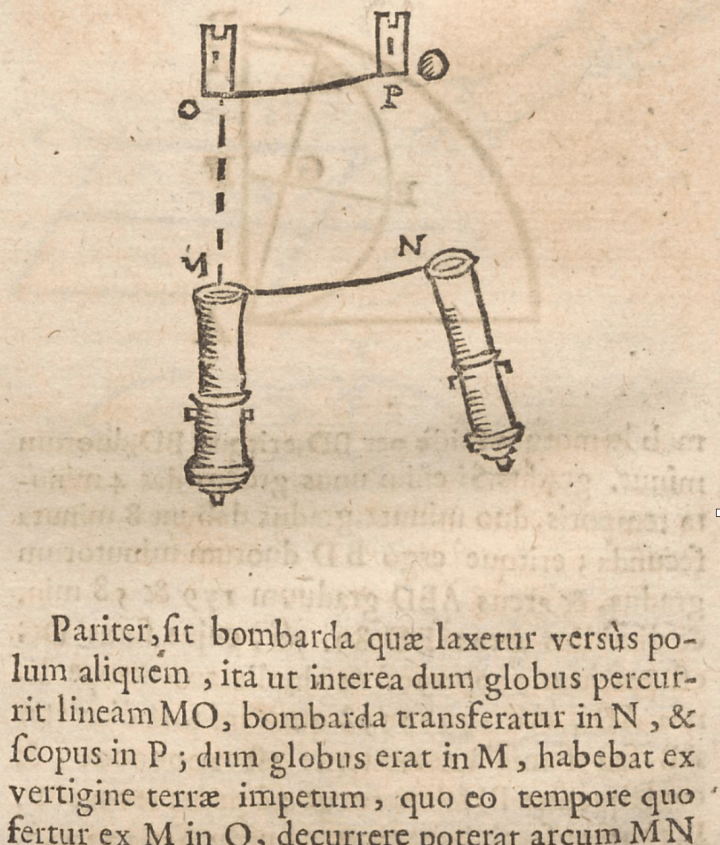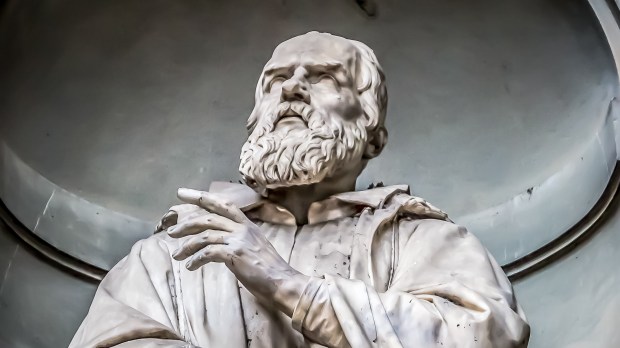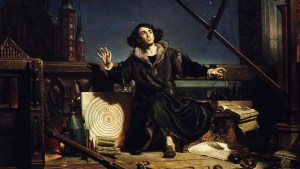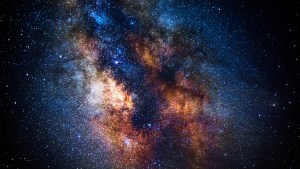Lenten Campaign 2025
This content is free of charge, as are all our articles.
Support us with a donation that is tax-deductible and enable us to continue to reach millions of readers.
Did the Church oppose science in the time of Galileo? Many people think so—so many that here at the Vatican’s astronomical observatory we received a batch of “Galileo hate mail” earlier this year when we launched a new website, VaticanObservatory.org. The folks who sent that “mail” would be surprised to find that Church scientists in Galileo’s time were sometimes well ahead of the curve, scientifically speaking.
Some misinformed commenters stated that Galileo invented “the first space telescope,” that the Church burned Copernicus at the stake, and excommunicated, tortured and set Galileo on fire as well. It is easy to see where this misinformation comes from: in children’s books, travel guides to Italy, and even in books by prominent scientists we can read a standard story about how Galileo was persecuted by the science-denying Church for proving that the Earth moves.
The truth about Galileo
But Galileo did not prove that the Earth moves. He was not excommunicated. He did not invent the telescope. He was not tortured, nor burned (neither was Copernicus). And those who opposed him were not opposed to science.
Perhaps some of those commenters read, for example, Harvard astronomer Avi Loeb’s new book, Extraterrestrial: The First Sign of Intelligent Life Beyond Earth, published by Houghton Mifflin Harcourt. Loeb writes that Galileo was tried for heresy by people who “refused to even look through his telescope,” and how he was “forced to abandon his data and discovery” and recant. Clearly, Galileo was facing people who thoroughly rejected science, right?
Wrong. Maffeo Barberini—Pope Urban VIII—was the driving force behind Galileo’s 1633 conviction on suspicion of heresy. Barberini had been an admirer of Galileo. In 1620 he wrote a letter to Galileo, enclosing a poem he had written, and referring to Galileo as “a brother.” The poem lauds the discoveries Galileo had made with his telescope, including the moons circling Jupiter and the spots on the sun. Obviously, Urban did not refute the scientific discoveries made possible by the telescope.
Galileo’s trial did not involve the Church’s refusal to look through a telescope or rejection of his data and discoveries. As soon as people could get their hands on good telescopes, they could and did independently confirm Galileo’s findings. Those findings were “reproducible”—an important thing in science. Galileo first reported his discoveries in 1610 in his book The Starry Messenger, and a team of Jesuit astronomers in Rome confirmed them in 1611.
But those discoveries did not prove that Earth moved. Galileo argued for Earth’s motion anyway, in the process crossing some line with Urban. Galileo’s former “brother” turned against him; Urban went from lauding Galileo in poetry to exploding in rage at the mention of his name. Galileo was not tortured or burned, but he was put under house arrest. It was not the Church’s finest hour.
Jesuit scientists tested Galileo’s theories
The disagreement, however, was not about rejecting science. It was not about refusing to look through the telescope or accept the data. In fact, some “Church” scientists—Jesuits, mostly—who were not inclined toward the idea of Earth’s motion were nevertheless pretty creative in considering how science could answer the question of whether or not Earth really moved.
These Jesuits generally expected that answer to be “no, Earth does not move.” After all, the Bible speaks of Earth as fixed and steady, and (just as we do today) of the sun as rising and setting. But that did not stop these scientists from thinking creatively, and scientifically.
The Jesuit astronomer Christoph Scheiner, for example, and his student Johann Georg Locher, came up with an explanation for what might make the Earth move. At the time, scientists always assumed that heavy things, like the ball of rock that is Earth, did not move easily—a strike against a moving Earth (the apparent motion of the sun was explained by assuming that it was made of some extremely lightweight material). Scheiner and Locher thought science supported a fixed Earth, but nevertheless envisioned that it could move around the sun were it sort of continuously falling toward the sun.
In this way they anticipated by decades the modern science of Isaac Newton. Newton explained Earth’s orbiting the sun in terms of a continuous fall owing to gravity’s pull. Today students everywhere learn this.
Scheiner and Locher also said we should be able to detect Earth’s motion. People who believed Earth moves said that we can’t detect that motion because everything moves together. Scheiner and Locher said this was not true: if Earth spins, then at the equator its surface moves rapidly, while at the poles it hardly moves at all.
Other Jesuits in the 17th century expanded on this idea: Francesco Maria Grimaldi and Giovanni Battista Riccioli, and later in the century, Claude Francis Milliet Dechales. If Earth spins, they all said, then objects moving from the equator toward the poles should curve toward the east, thanks to the changing speed of the surface, and objects moving from the poles toward the equator should curve toward the west. These effects are not observed, they said, which argues for a fixed Earth (see diagram below).

They were right about the effect. Today it is called the “Coriolis Effect,” after Gaspard-Gustave de Coriolis, who worked out the detailed mathematics of it in the 19th century. Among the most recognizable manifestations of the effect is rotation in weather patterns. In the atmosphere, air drawn toward a lower-pressure zone curves east if it approaches the zone from the equator, and west if it approaches from the pole. This sets up a circulation around the “low”—the rotation of hurricanes is a most dramatic manifestation of this effect. These Jesuits foresaw the effect, but were wrong about it not existing.
Scientists can be wrong. Being wrong is not being opposed to science; it is part of science. Einstein would show Newton to be wrong about gravity. Galileo invoked some seriously wrong science in arguing for Earth’s motion. Jesuit scientists who opposed Earth’s motion had good scientific arguments for what they thought. In imagining how Earth could move, and in envisioning the Coriolis Effect, they were far ahead of the curve.



